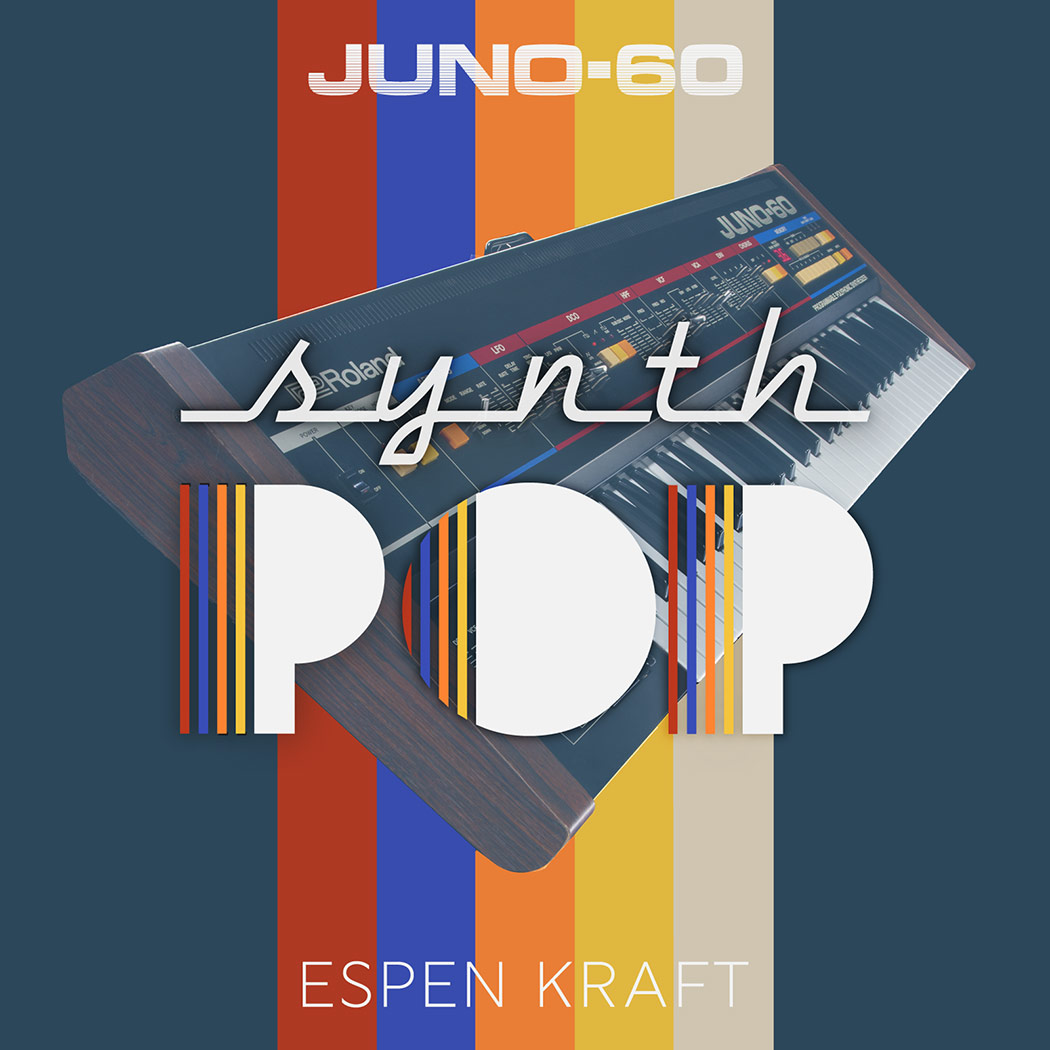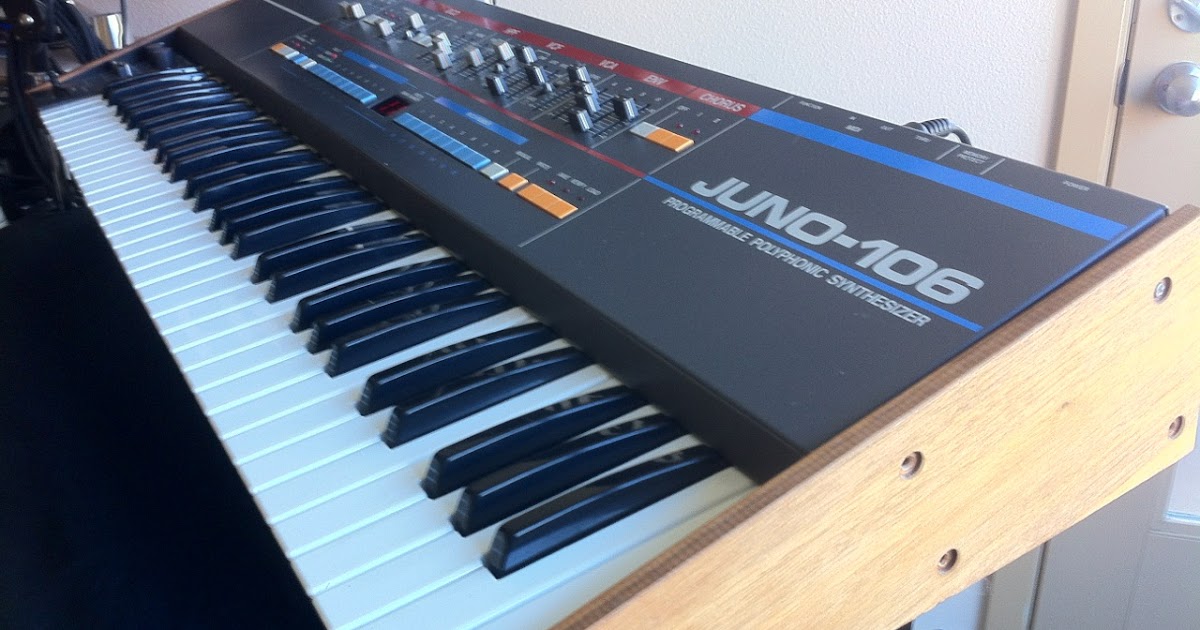

The performance-control area to the left of the keyboard contained a one-axis pitch stick (it moved left and right only), with two sliders that allowed both the DCO pitch and the VCF cutoff frequency to be modulated by the stick, in various proportions. A switch allowed either the envelope generator or the LFO to be routed to the DCO pulse width modulation. The high pass filter was infinitely variable, and a third chorus modulation speed could be had by pressing the chorus I and II buttons simultaneously. (A Roland DCB bus interface was made available as a factory option.) However, it did have a few features that did not carry over to the later models. Additionally, it did not have MIDI, being that the initial specification was still being developed at the time.

Aimed at a price point far below the high-end Jupiter-8, it was only a moderate success because it lacked patch memory. The first of these, the Juno-6, was introduced in 1982. The line of slider controls across the top half of the panel is a distinctive feature of the design. All three models were built using the same basic case design, with similar panel layout and graphics. All had six voices, as indicated by the model numbers.Īll Junos had a four-octave, C-to-C, non- velocity or aftertouch sensitive keyboard, and an early version of the Roland pitch stick.

The Junos also had, as a global effect, a built-in version of Roland's excellent analog chorus circuit, which added significantly to the synth's appeal. An LFO (producing only a triangle wave) and an ADSR envelope generator are available as control voltage sources the envelope generator was always routed to the VCA, and could be routed to the VCF either inverted or non-inverted. An OTA lowpass VCF, a high pass filter (not voltage controlled), and VCA complete the audio path. The pulse and sawtooth waves are on/off, but the level of the suboscillator and noise can be varied.

All three Juno models have the same basic voice architecture, with one DCO generating three waveforms: a pulse wave, a sawtooth wave and a suboscillator square wave, plus a white noise generator.


 0 kommentar(er)
0 kommentar(er)
